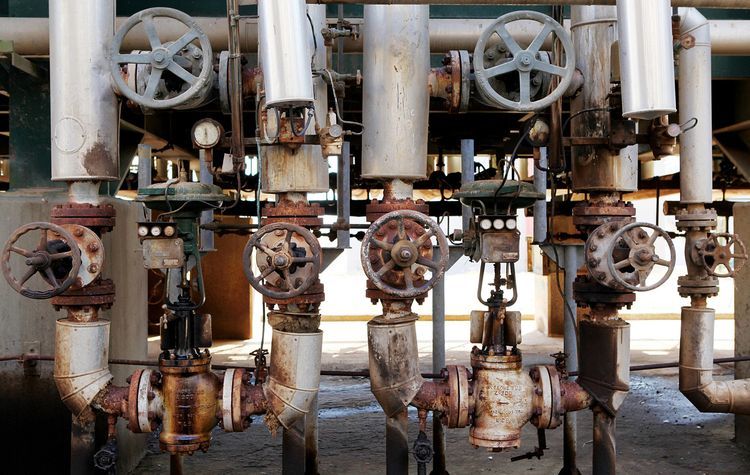
Libya’s oil output is rising again after disruptions ended at its biggest field, with production reaching about 950,000 barrels a day even as OPEC and its allied suppliers step up efforts to contain a global glut.
Output at the North African nation’s Sharara field has recovered to 230,000 barrels a day, according to a person familiar with the matter, who asked not to be identified because they aren’t allowed to speak to the media. Libya was pumping 1.05 million barrels a day in August, the person said, before an armed group closed a pipeline linked to the field and caused Sharara to halt production for more than two weeks.
Libya, with Africa’s largest crude reserves, is staging a modest recovery as the Organization of Petroleum Exporting Countries tries with Russia and other producers to rein in a global oversupply. Iran and the United Arab Emirates are among OPEC members expressing concern that rising production in Libya and Nigeria, the only OPEC countries exempt from cutting, is complicating the group’s effort to re-balance the oil market and prop up prices. OPEC agreed in November to let Libya and Nigeria pump at will due to their internal strife.
While OPEC’s commitment to cutting production to clear the glut is working, the group should focus on “the situation with Libya and Nigeria,” Iran’s Oil Minister Bijan Namdar Zanganeh said Sunday in Tehran. U.A.E. Energy Minister Suhail Al-Mazrouei said Monday in Abu Dhabi that some members not subject to output cuts may be asked to join the agreement the next time OPEC meets.
Libya’s crude output has risen sharply over the past year, reaching a four-year high in July, but production has fluctuated due to several brief shutdowns caused by different groups. The sporadic halts have hampered the country’s drive to become a stable producer after years of political upheaval. The country pumped 1.6 million barrels a day before a 2011 revolt sparked fighting among rival governments and militias vying to control its energy riches.
Libya isn’t planning to join any agreement to curb output until it reaches and maintains its target of pumping 1.25 million barrels a day by December, two people familiar with the situation said in July.